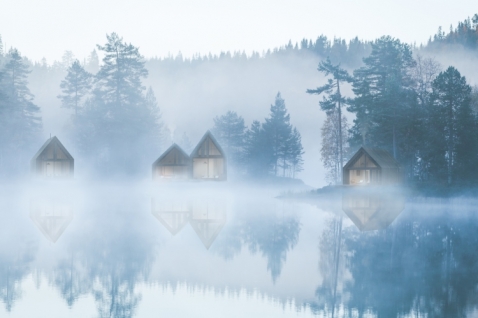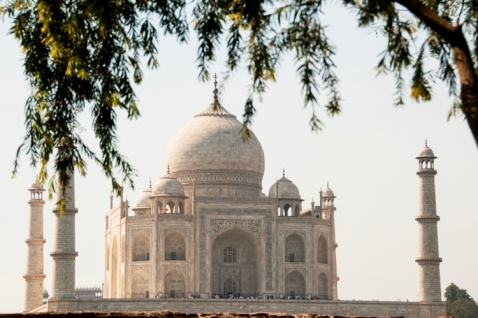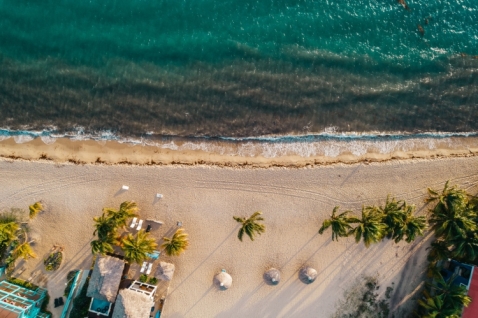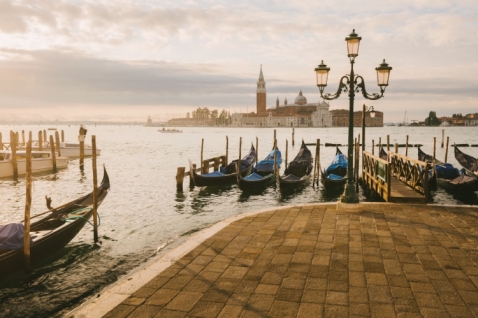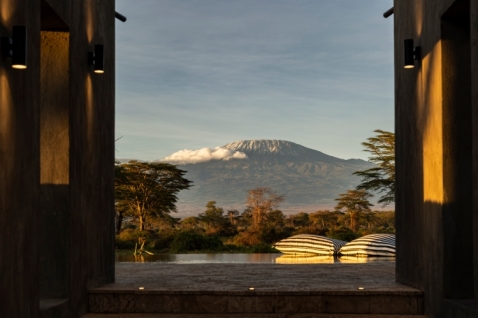Visitors are surprised to discover that those famous pyramids are purely the tip of the archaeological iceberg. Pharaoh nations, ancient Greeks, Romans, Christians and Arab dynasties have all played their part in fashioning Egypt’s embrace of architectural wealth...
Cairo’s chaos whirrs around a medieval core that has remained unchanged since the founding days of Islam. Upriver, Luxor, the site of ancient Thebes, is lined with warrens of opulent burial chambers and boasts some of the most formidable monuments in all antiquity. Further south at Aswan, even more geometrically imposing temples write a testament to the power of archaic gods and omnipotent pharaohs. It is here that the Nile is best explored by ancient sail, on a felucca (Egyptian sailing boat) at the hands of the prevailing currents and winds.
Out west, Egypt’s ocean of sand stretches infinitely to the Sahara, with a handful of oases feeding solitary islands of green. Hivelike, medieval fortresses cower out here, interspersed with bubbling springs and ghostly rock formations. Meanwhile, the deep, crystal waters of the Red Sea lie brilliantly awash in coral, surrounded by an aquatic frenzy of underwater life. In the deserts of Sinai’s interior, visitors can climb the mount where God had word with Moses, and spend their remaining days in halcyon bliss at coastal Dahab’s backpacker Shangri-La.
Though it is one of the more politically stable countries in the region, modern-day Egypt is not without strife. Thirty years of authoritarian rule, an erratic economy and rising living costs fan the flames of social unrest. Still, Egyptians are a resilient lot, and visitors making the journey here will find as much ancient history as they will modern hospitality.






